Introduction
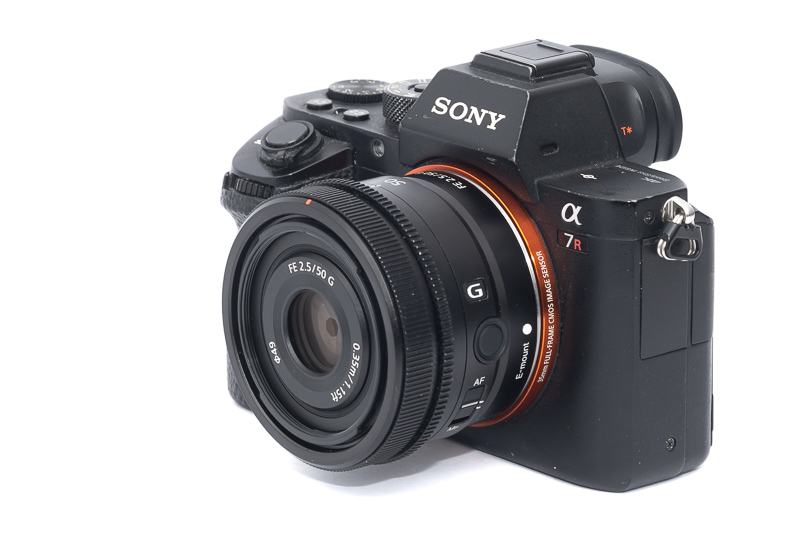
In early 2021 Sony released three compact fullframe E-mount lenses and this Sony FE 50mm 2.5 G is the longest of those. While many of the competitors often cut corners with their compact lenses when it comes to build quality, feature set and sometimes also optical quality, Sony decided to go for a different approach here, offering more, but also at a higher price point. Did that pay off? And is there a market for a comparably slow 50mm prime? Let’s find out in this review!
Sample Images
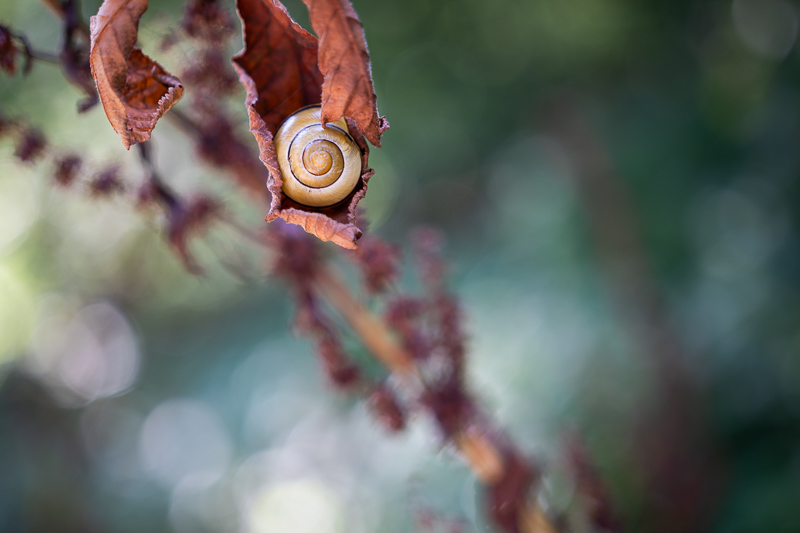




Most of the sample images in this review can be found in full resolution here.
Contents
Specifications
The Sony FE 50mm 2.5 G has the following specifications:
- Diameter: 68 mm
- Length: 45 mm
- Weight: 174g (measured)
- Field of view: 47° (diagonally)
- Filter Diameter: 49 mm
- Number of Aperture Blades: 7 (rounded)
- Elements/Groups: 9/9
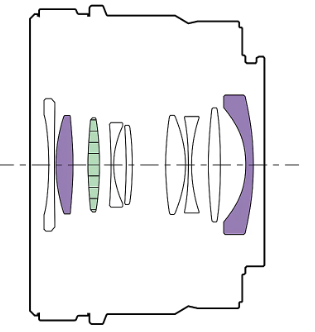
- Close Focusing Distance: 0.31 m
- Maximum Magnification: 1:4.3 (measured)
- Mount: Sony E
buy from Amazon.com | Amazon.de | B&H | ebay.com (affiliate links) for $598
Disclosure
A long time reader lend me this lens for a few weeks to write this review. Thanks a lot!
Handling / Build Quality
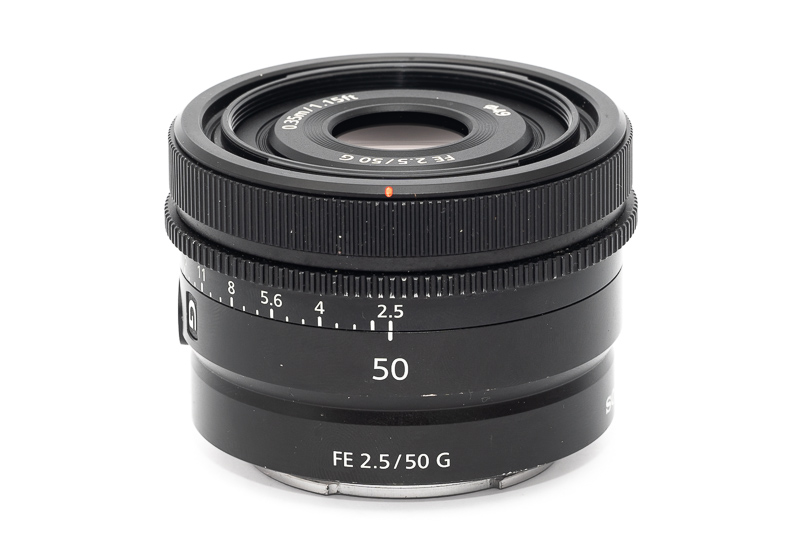
When it comes to compact lenses manufacturers often like to cheap out on build quality and features, but Sony decided to take a different approach with their small G lenses, as we can find all the controls we are used from the GM primes: de-clickable aperture ring, AF/MF switch and lens button. If you are used to other (higher end) Sony lenses this is very nice as you will feel right at home.
The focus ring has a very nice and even resistance. It takes exactly 180° from the minimum focus distance of 0.31 m to infinity and the coupling is linear.
In the marketing material Sony also shows some pictures without the paint where you can see that the outer casing is actually made of metal. As this sample apparently has seen a lot of use you can also see the metal shining through at some of the edges.
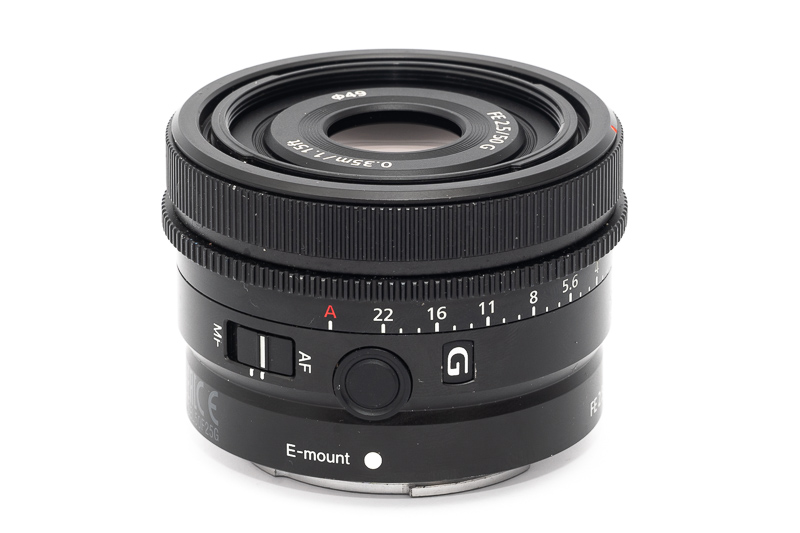
On the left side you can find a lens button and an AF/MF switch.
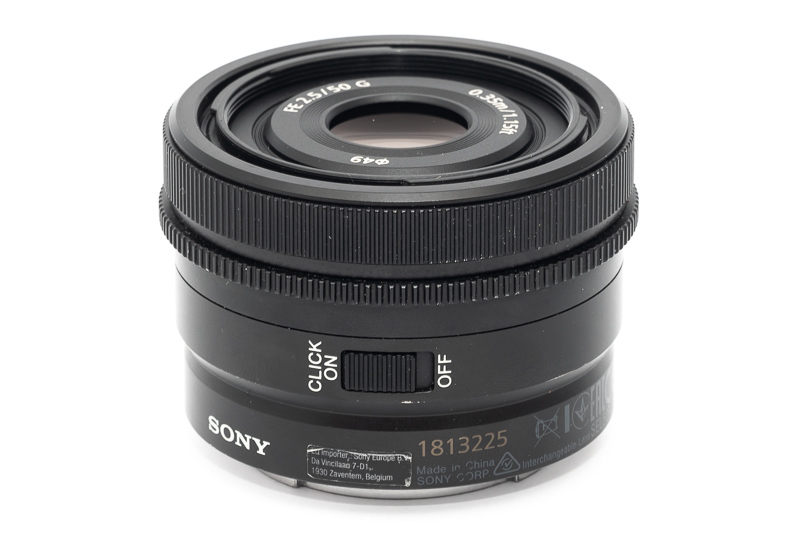
At the bottom there is also a de-click lever for the aperture ring to be found.
Like the Sony FE 40mm 2.5 G also this Sony FE 50mm 2.5 G ships with an “interesting” looking lens hood, which I am sure offers great protection, but won’t win any prizes for great design. I decided to call it the “pimple” hood, some of our Discord members found even less flattering terms which I don’t want to share here. The owner of this lens is using the Haoge LH-245N hood (affiliate link), which apparently fits all of Sony’s three compact G lenses and looks significantly nicer. There is even enough space to add a filter under the hood.
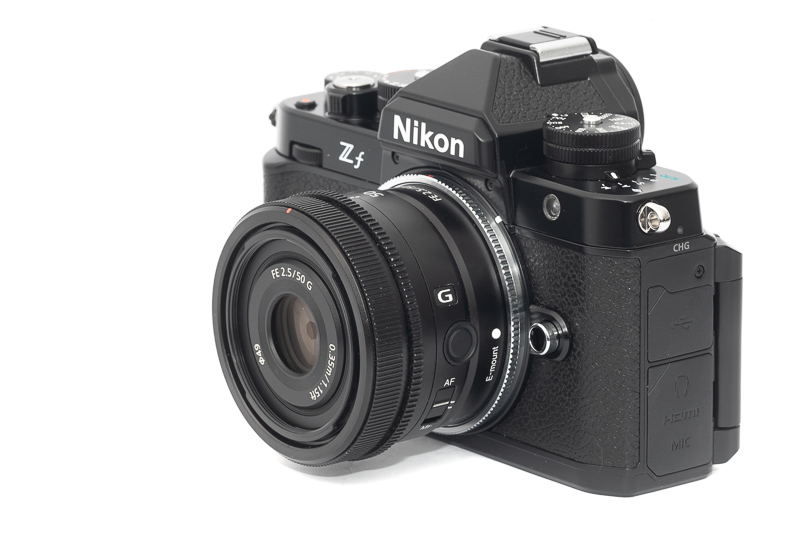
These days there are also several E->Z mount adapters available (e.g. Neewer ETZ, Megadap ETZ21 or Techart TZE-01), that allow using this lens on a Nikon Z camera will full functionality.
Autofocus
I am not shooting sports or fast moving animals/humans so if you want to know if the lens is fast enough for this, or how it compares to other lenses in this segment, you may have to look for a different review with a more detailed assessment of this aspect.
The AF was always fast and accurate and it is also completely silent.
Vignetting
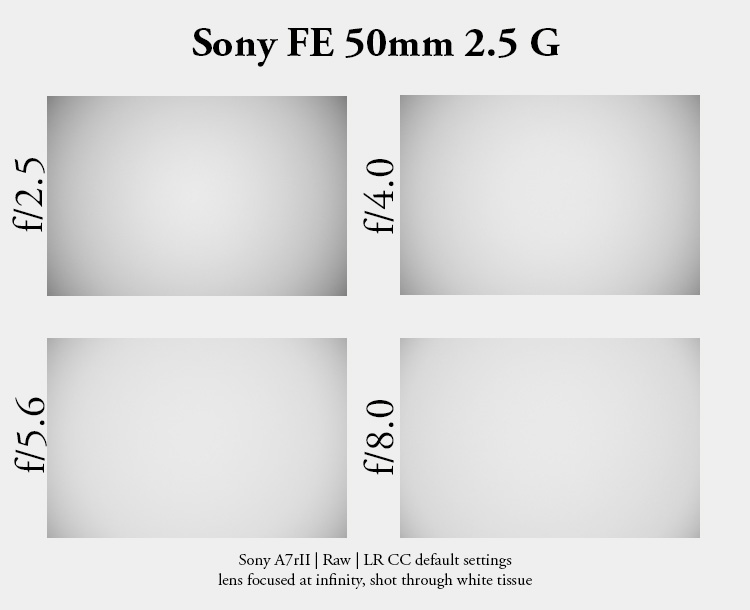
| f/2.5 | 2.2 EV |
| f/4.0 | 1.6 EV |
| f/5.6 | 1.3 EV |
| f/8.0 | 1.1 EV |
| f/11 | 0.9 EV |
When I reviewed the Sony FE 40mm 2.5 G I was a bit afraid what we might discover here, as small lenses often show higher vignetting figures. But I found out they are actually comparable to other – even less compact – E-mount lenses, so what about this 50mm lens? The Sony FE 50mm 2.5 G shows pretty much the same amount of vignetting as the 40mm lens within the margin of error, not bad for such a compact lens.
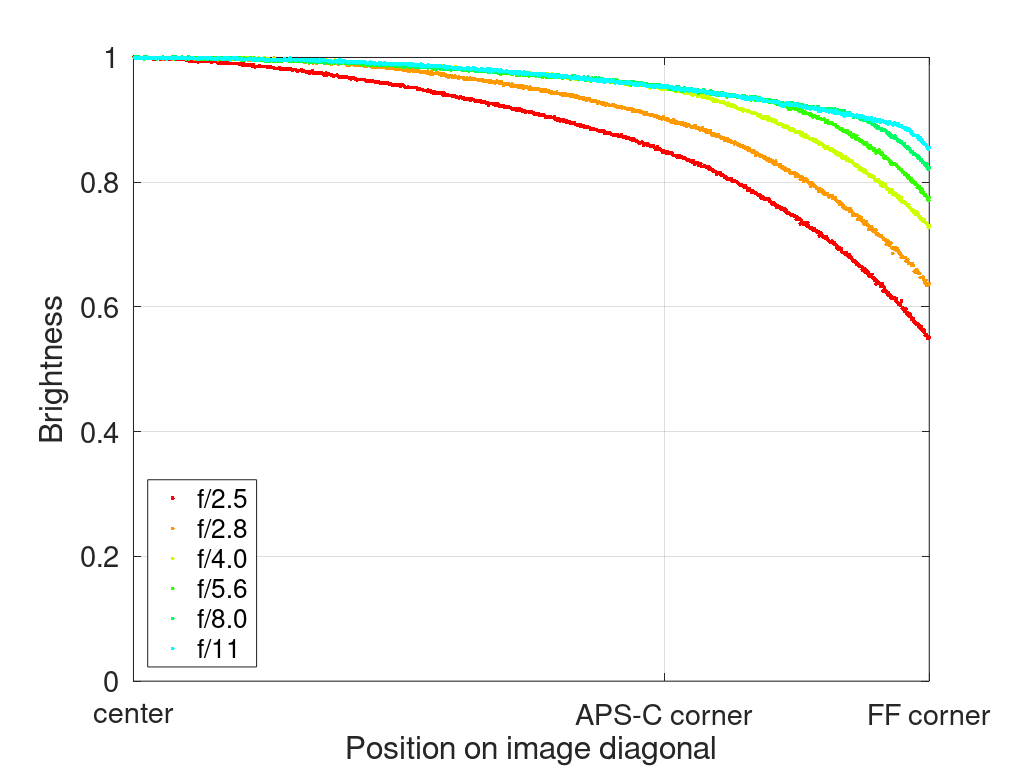
It is recommended to have a look at this article first to get an idea how this brightness graph works.
Sharpness
Infinity (42mp Sony A7rII)
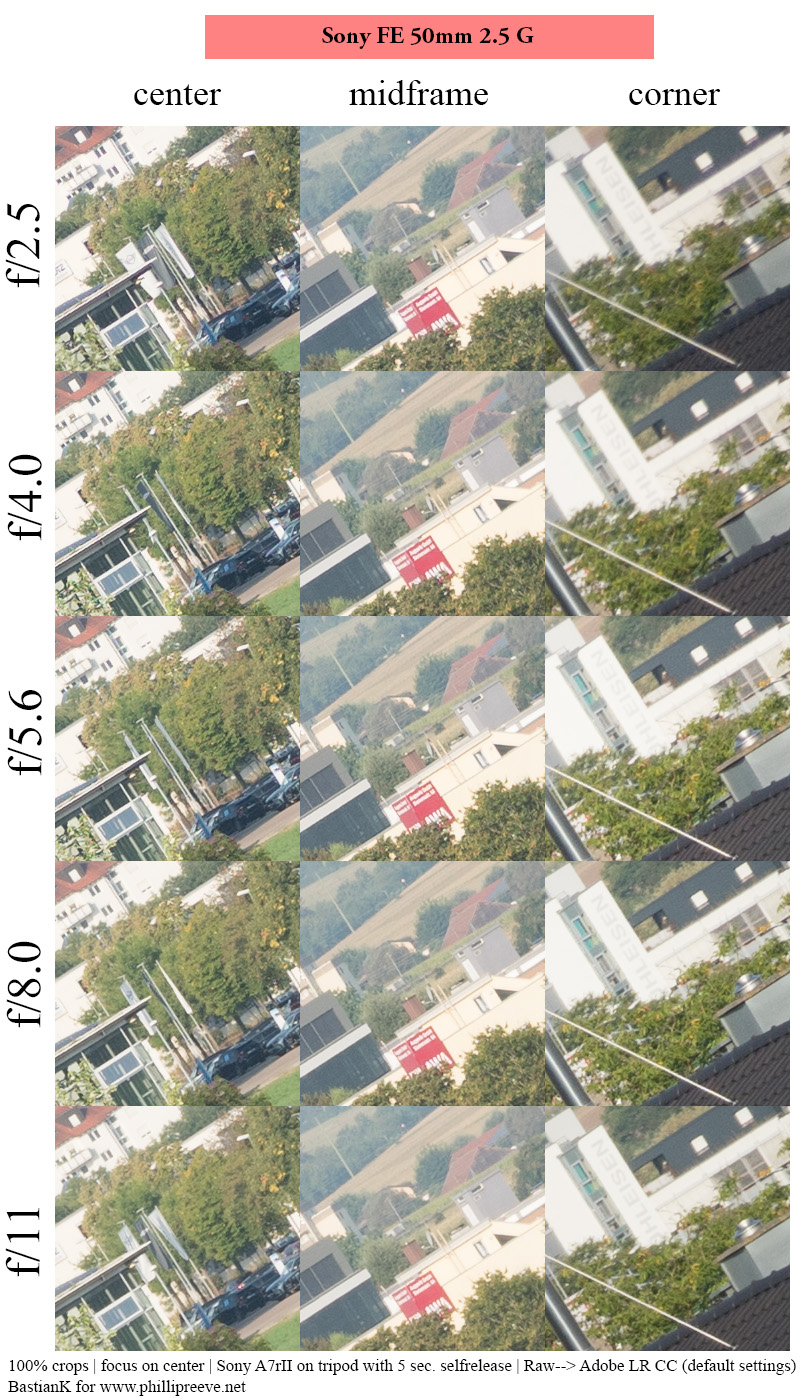
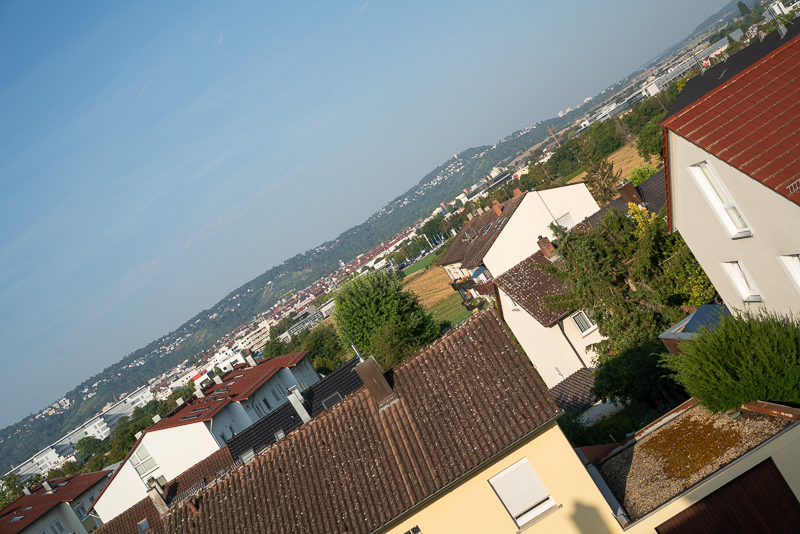
The Sony FE 40mm 2.5 G showed an amazing performance in this category. Will that also be the case for this slightly longer version?
Center and midframe looks great from f/2.5 and hardly benefit from stopping down, the corners are another story though. For those to match the performance over the rest of the frame stopping down to f/5.6 or better f/8.0 is needed.
In the field this shouldn’t be such a big deal, but I still wonder why the – arguably harder to design – 40mm 2.5 lens performed better here.
Portrait 1.5 m (42mp Sony A7rII)
For portraiture it isn’t so important how flat the field is, it is more interesting to see what the sharpness is like when focused at different parts of the frame to take field curvature out of the equation.

We will be looking at 100% crops from the 42mp Sony A7rII.
f/2.5 <—> f/4.0
The Sony FE 40mm 2.5 G showed an amazing performance here with a huge amount of moiré I only rarely have seen before. In a direct comparison this 50mm 2.5 G looks worse, even though it still shows a good to very good performance here.
Close 0.31 m, 1:4.3 (42mp Sony A7rII)
This Sony FE 50mm 2.5 G also offers an appealing 1:4.3 maximum magnification (which is only slightly worse than the Sony FE 40mm 2.5 G with 1:4.0). At close distances f/2.5 does look a bit softer, stopping down to 4.0 already increases the performance significantly.
Flare resistance
Many of the recent Sony lenses perform really well in this category – even those with huge bulbous front elements like the Sony FE 12-24mm 2.8 GM and Sony FE 14mm 1.8 GM.
When it comes to these compact G lenses, I think some corners may have been cut though. The performance is not bad – it is actually good – but not as good as that of some of Sony’s more expensive lenses.
At the maximum aperture – and only when looking closely – you can spot some artefacts, but they are very faint and I think in actual pictures you may often not even notice them.
Stopped down these artefacts become a bit more obvious. In the lower left corner you can see small rainbow artefacts or bigger ghosts, depending on the position of the sun in the frame.
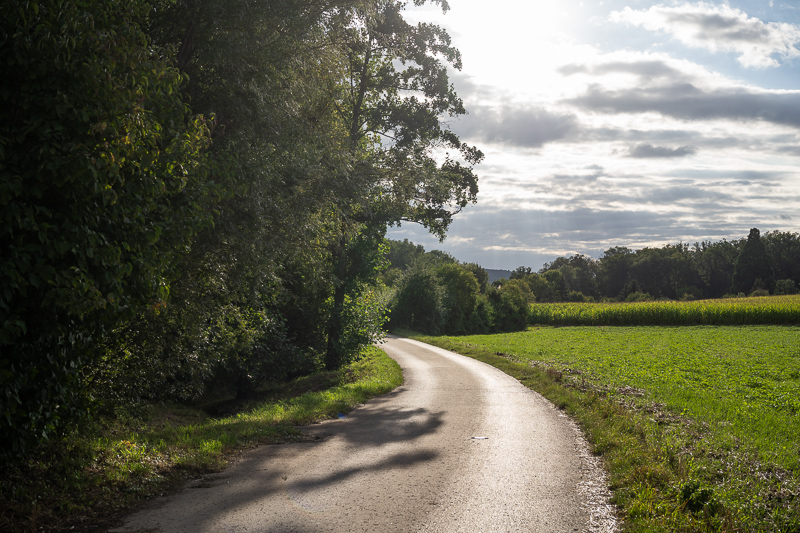
I think the 50mm is doing slightly better than the 40mm 2.5 here. Only rarely these flares will have the potential to actually ruin a picture.
Coma
100% crops from extreme corner, focused on center, Sony A7rII
There is minor coma visible at f/2.5 and f/4.0, but hardly anything you will notice when not looking at 100% crops from the corners as we do here.
Distortion
At infinity the Sony FE 50mm 2.5 G hardly has any distortion. At the minimum focus distance this is a different story though, as I noticed very strong pincushion distortion here. For Jpegs this can be fixed in-camera, for Raw files there is a correction profile available in Lightroom that does a very good job, too. In the viewfinder the Sony cameras will also display the already corrected image.
Bokeh
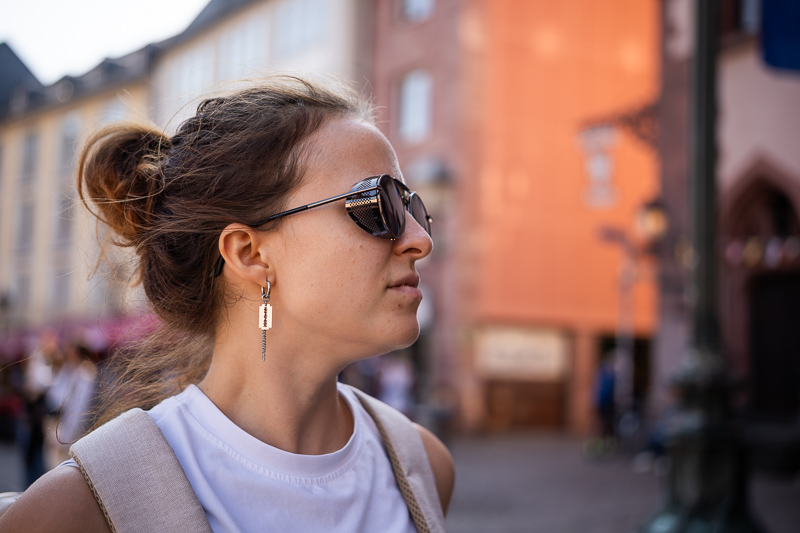
If shallow depth of field photography is what you are mos interested in, you should probably have a look at one of the faster options of which there are plenty. Not everyone is a fan of such shallow depth of field though, so let’s have a closer look at the bokeh quality of this lens.
Close Distance
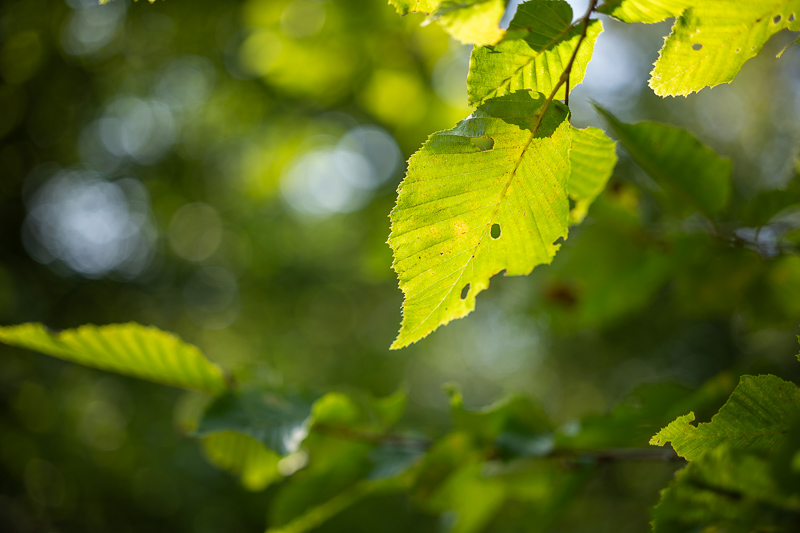

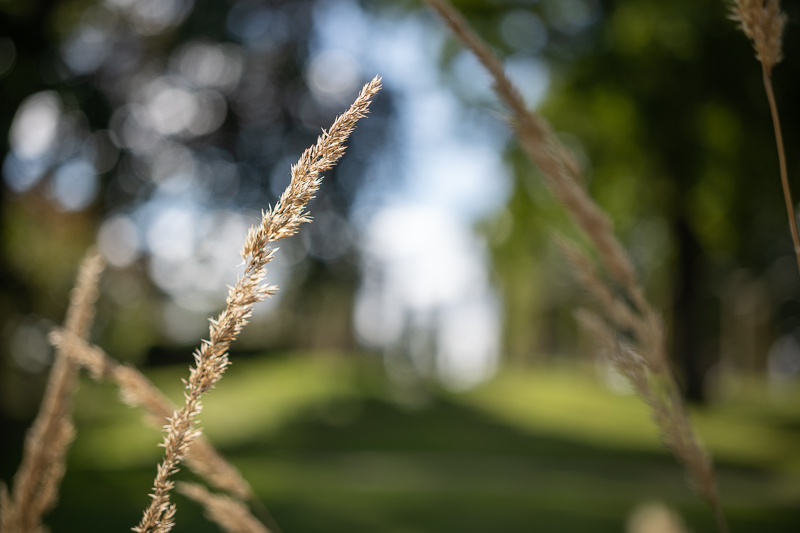
This 50mm lens does focus fairly close – offering a maximum magnification of almost 1:4 – and thanks to its floating elements design it is also plenty of sharp at these distances. At these distances the bokeh isn’t super smooth though, it reminds me of the Voigtländer 50mm 2.0 Apo-Lanthar E here.
Mid Distance
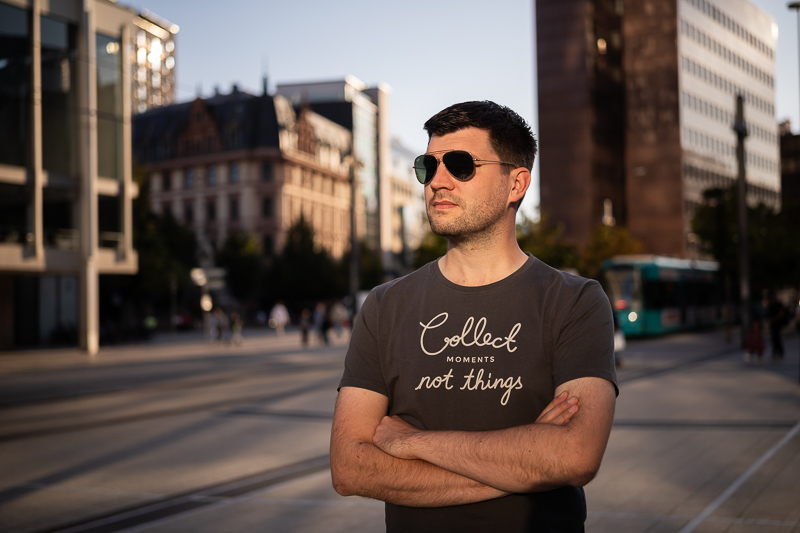

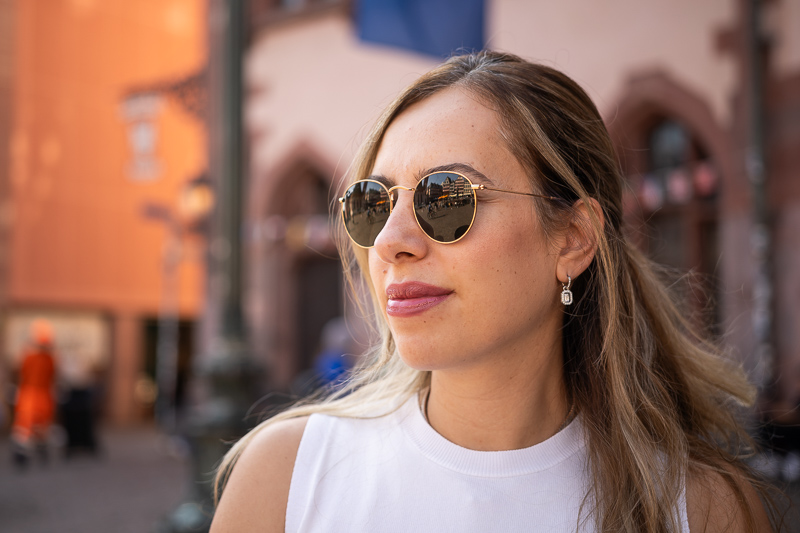
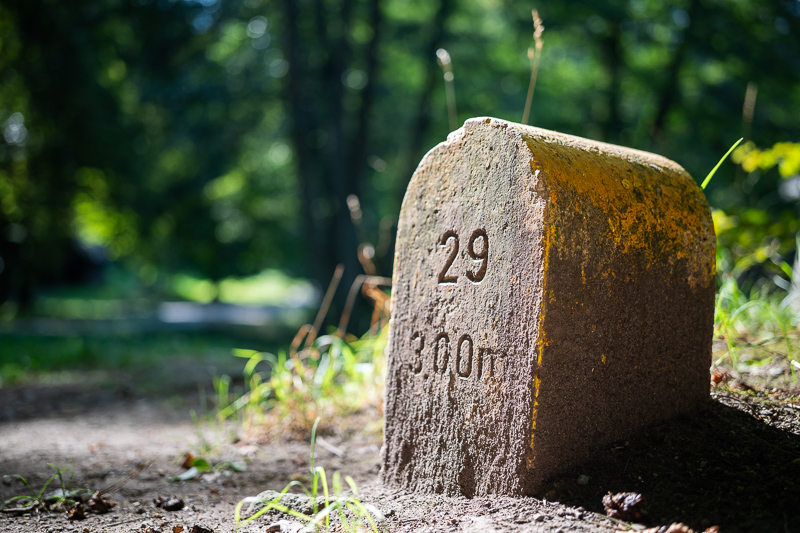
At mid distances I actually liked it more than at shorter distances, as the bokeh looks more unobtrusive here.
Long Distance
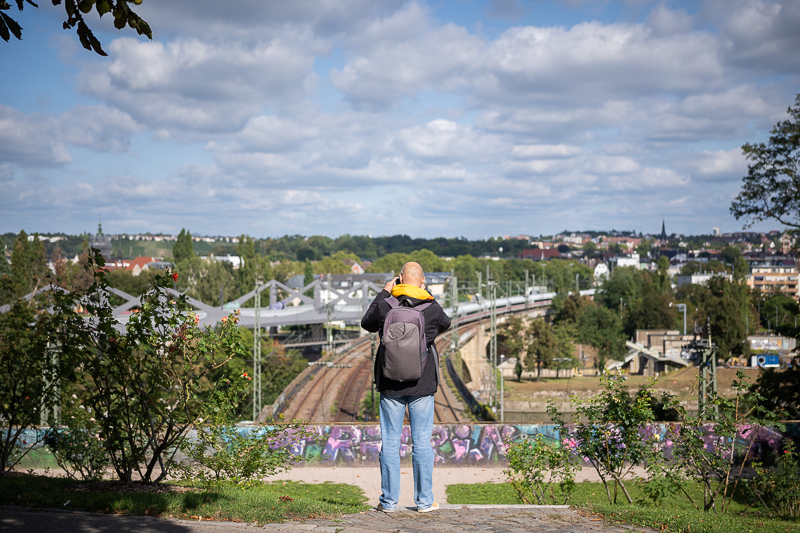
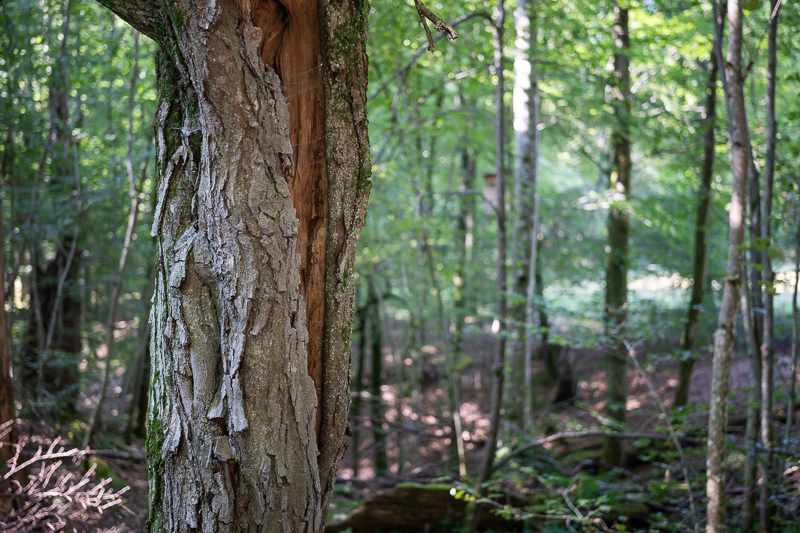
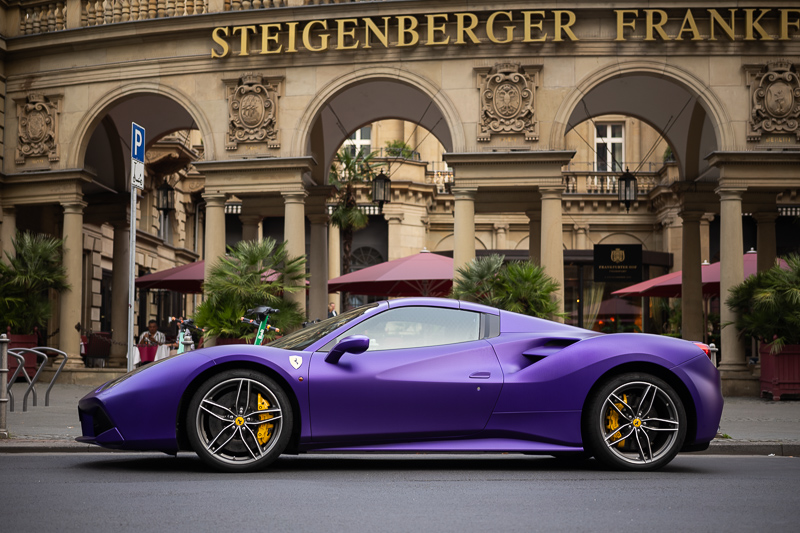
At longer focus distances – thanks to the moderate specifications – there will only be a limited amount of background blur. Similar to the Sony FE 40mm 2.5 G the quality is alright here, no field curvature issues as we have seen from so many other compact lenses.
Sunstars
Generally, I am not a huge fan of diaphragms made of 7 aperture blades, as this usually means bad news for slightly stopped down bokeh and for sunstars.
As you can see, actually stopping down f/22 is needed to create distinct sunstars. If you prefer sunstars with wider rays you may also like those at f/11 or f/16. I have seen worse, but compared to some of the other G and GM lenses it feels like corners have been cut a bit here.
If you want to know more about sunstar rendering of different lenses have a look at this article.
Chromatic aberration
Lateral
With Sony’s AF lenses lateral CA are automatically corrected and those corrections are also automatically applied in Lightroom and cannot be turned off. I checked with the lens slightly detached from the camera to bypass those corrections and I still couldn’t find any lateral CA, so they are perfectly corrected by the optical design.
Longitudinal
History repeats itself here. I was already a bit disappointed with the 40mm 2.5 G’s performance in this category and this 50mm lens shows a very similar performance. Despite not being a particularly fast lens and featuring a complex optical design with two aspherical and one ED elements, I do see noticeable bokeh fringing with pretty obvious outlining.
What is more: stopping down to f/4.0 is not even enough to get rid of this aberration. I expected better here.
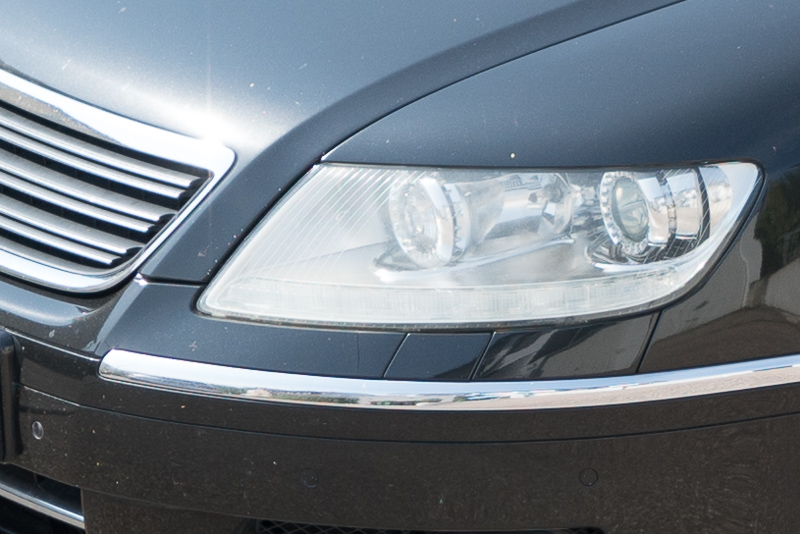
The Sony FE 40mm 2.5 G also had some issues with purple fringing, but interestingly here the situation is better, as there is hardly any visible, even at f/2.5.
Conclusion
good
|
average
|
not good
|
Generally, what I have written about the Sony FE 40mm 2.5 G also applies here. This Sony FE 50mm 2.5 G is a well balanced, compact lens with high resolution and contrast from f/2.5 as well as non-existent field curvature. The latter being an area where many compact lenses struggle.
I also really like that Sony decided to give this lens the full feature set of a higher end lens, something other manufacturers often like to cheap out on with their compact lenses.
There are some minor differences compared to the Sony FE 40mm 2.5 G: this 50mm lens does a bit better when it comes to purple fringing and flare resistance, but it also doesn’t have that outstanding resolution and contrast from f/2.5 – still enough for any application I could think of though.
If you don’t need faster than f/2.5 in your 50mm lens this is an appealing option you can hardly go wrong with, but the competition is strong when it comes to 50mm lenses, so be sure to check out the next section first.
buy from Amazon.com | Amazon.de | B&H | ebay.com (affiliate links) for $598
Alternatives
When it comes to 50mm lenses there are a lot of options to choose from. Most of the recent E-mount ones you can find discussed in our Guide to 50mm E-mount lenses.
There are two important questions here though:
The first one is – and this was already the case for the Sony FE 40mm 2.5 G – if you wouldn’t be better off with one of the compact f/2.8 zoom lenses. There is e.g. the Sony FE 24-50mm 2.8 G which offers the same feature set, but covers the range of all three of Sony’s compact G lenses. It is more expensive than one lens, but as soon as you buy two of them the difference ain’t that big anymore. So if you are thinking of e.g. getting the 24mm and this 50mm and/or you always carry more than one lens anyway, I think the zoom would be the better choice for you as you would be more flexible while not really carrying noticeably more weight or having spent more money.
The other thing is, that there are also many faster 50mm options available, that are not necessarily more expensive. If you don’t care as much about sharpness at wider apertures and nice handling, the somewhat slow focusing Sony FE 50mm 1.8 is a stop faster, cheaper and not much heavier. For a similar price you can even get the Sony FE 55mm 1.8 ZA, a lens famous for good sharpness and nice bokeh.
So spend some time thinking what you are actually looking for in a ~50mm lens before deciding on which one to get.
Sample Images
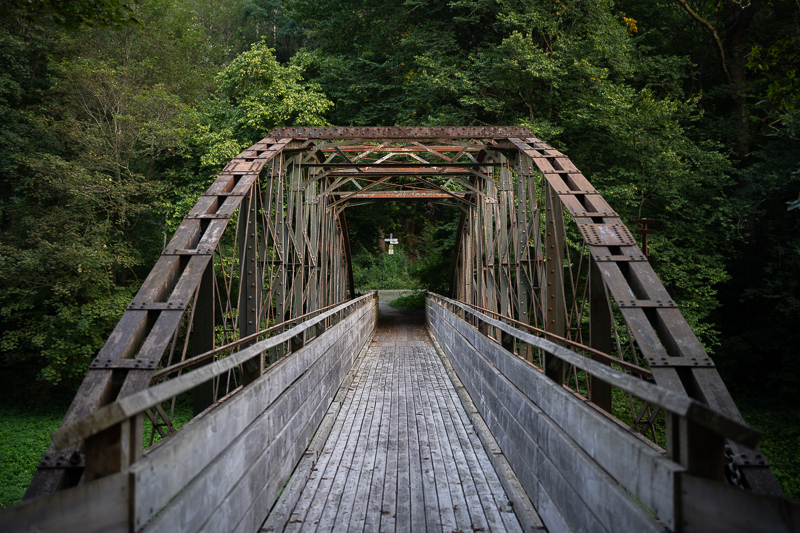
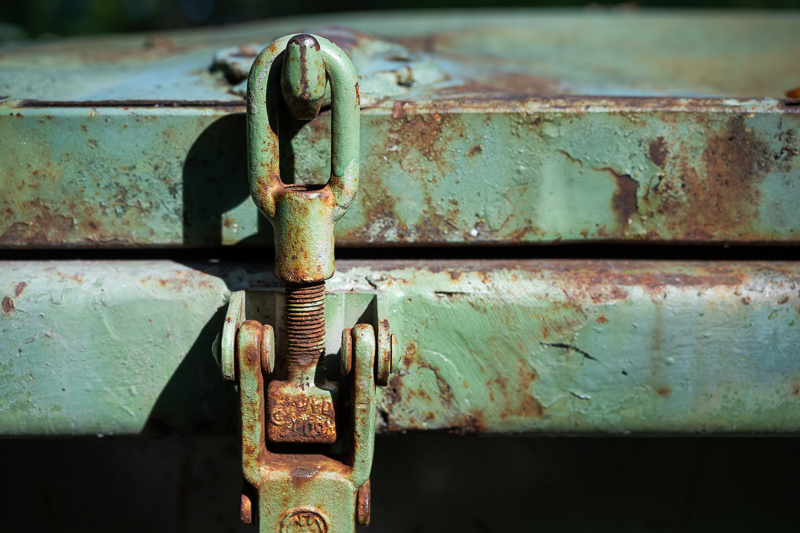
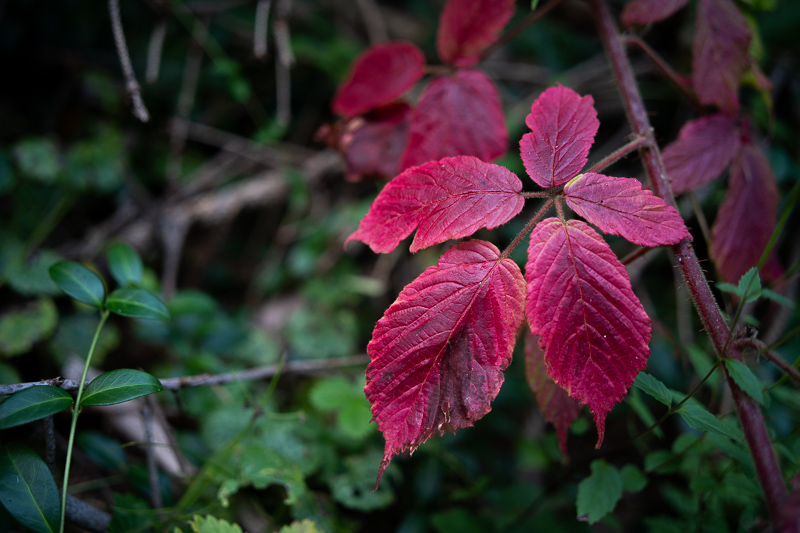
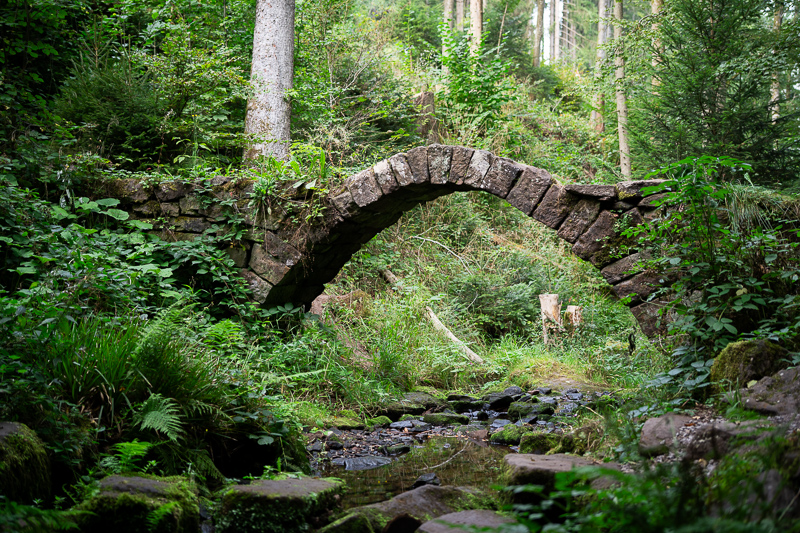
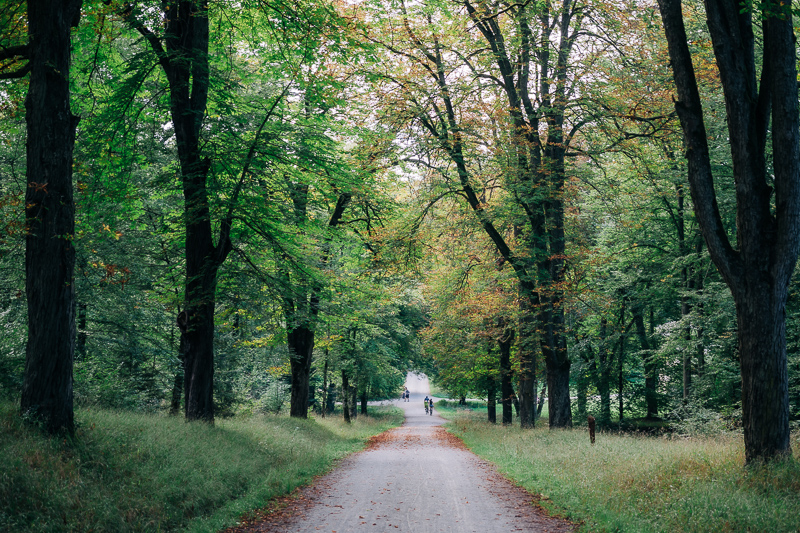
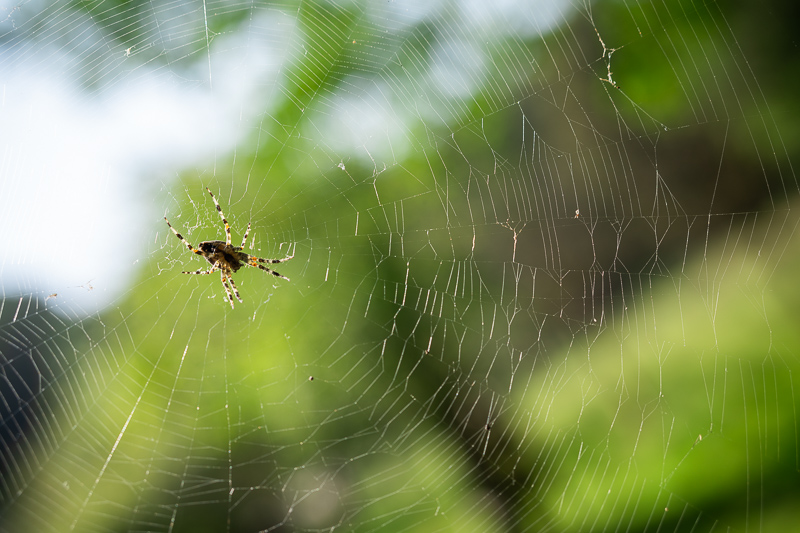
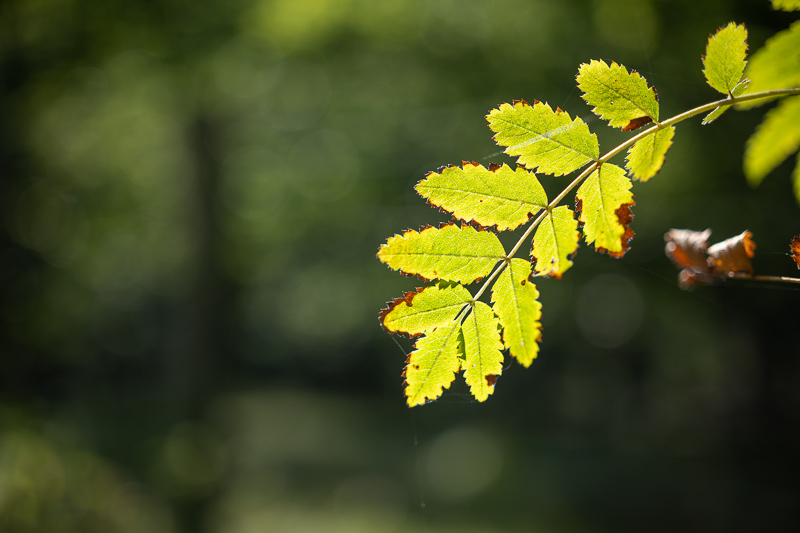

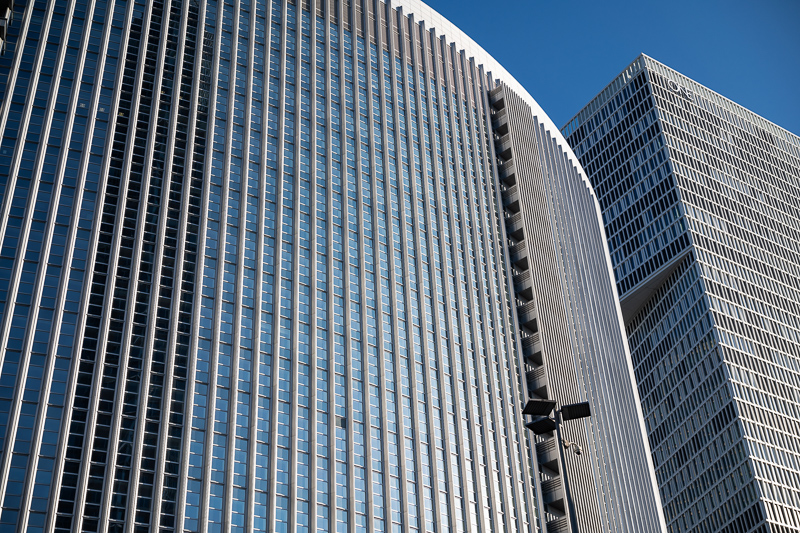
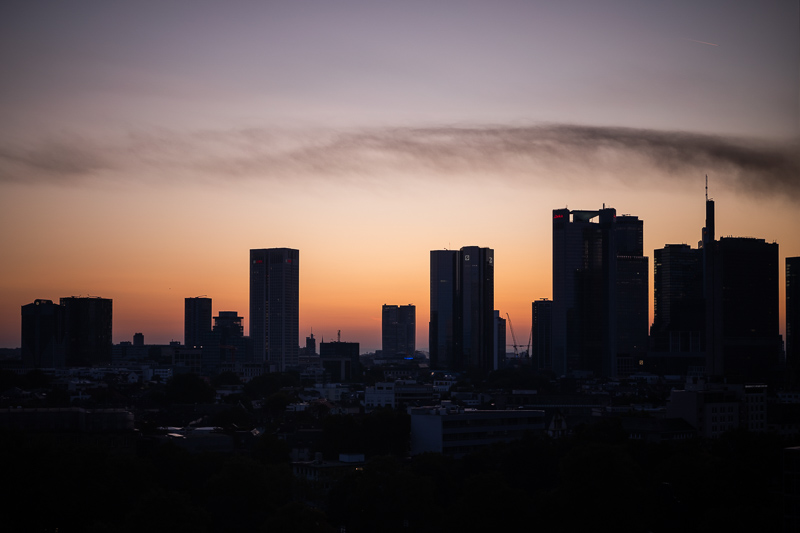
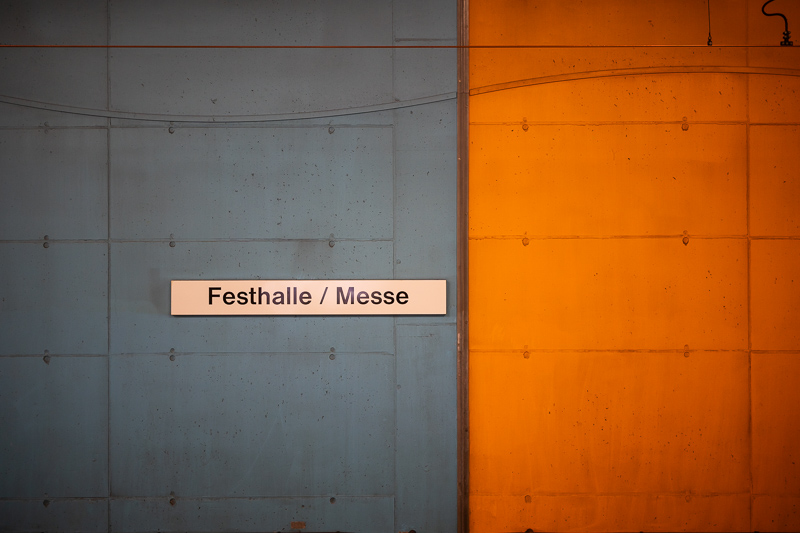
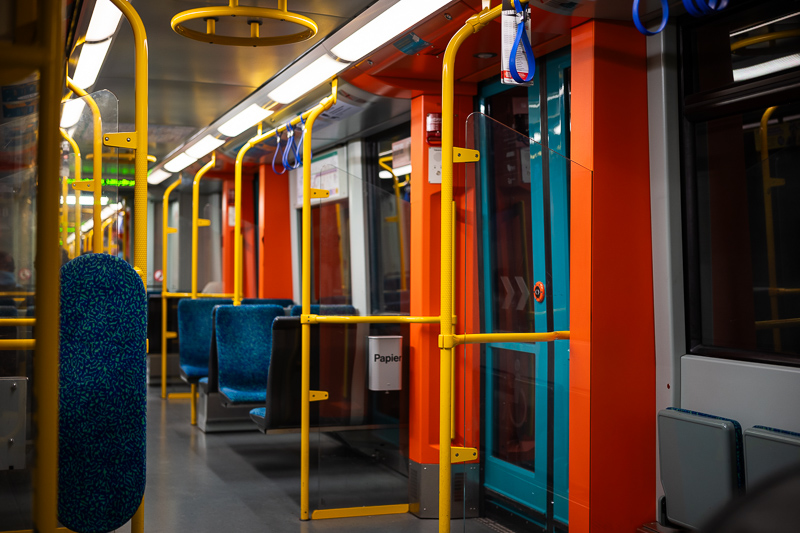
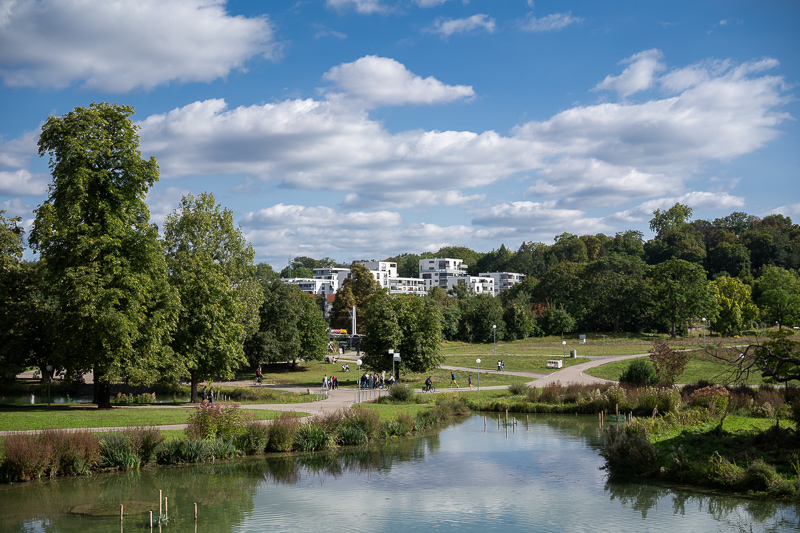



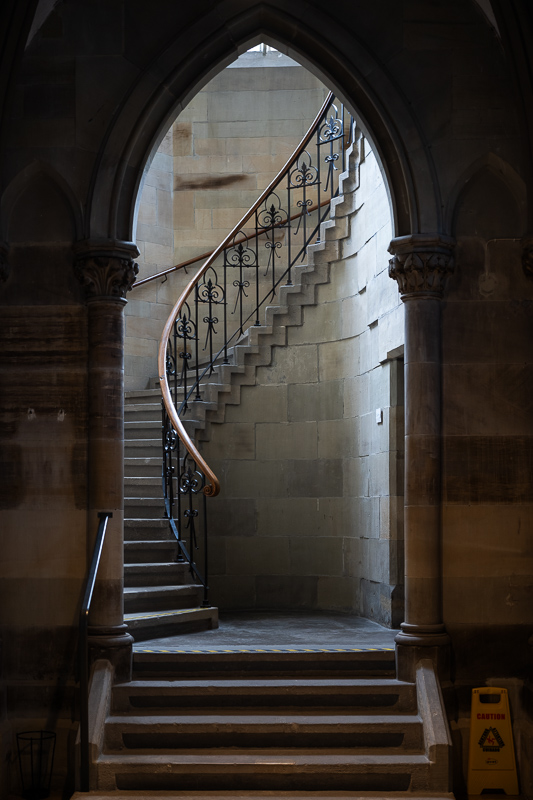
Most of the sample images in this review can be found in full resolution here.
Further Reading
- All Lens Reviews
- Review: Sony FE 12-24mm 2.8 GM
- Review: Sony FE 50mm 1.2 GM
- Review: Sony FE 85mm 1.4 GM
- Lens Aberrations explained
Support Us
Did you find this article useful or just liked reading it? Treat us to a coffee!
![]()
![]()
![]() via Paypal
via Paypal
This site contains affiliate links. If you make a purchase using any of the links marked as affiliate links, I may receive a small commission at no additional cost to you. This helps support the creation of future content.
Latest posts by BastianK (see all)
- Review: Sony FE 70-200mm 4.0 G Macro OSS II - December 20, 2025
- Review: Viltrox AF 35mm 1.2 FE LAB - December 17, 2025
- Analogue Adventures – Part 47: Tübingen - December 17, 2025
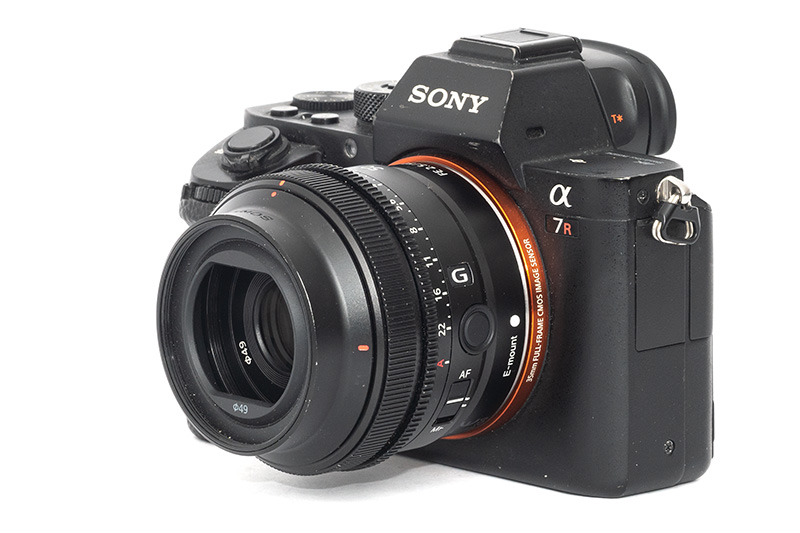
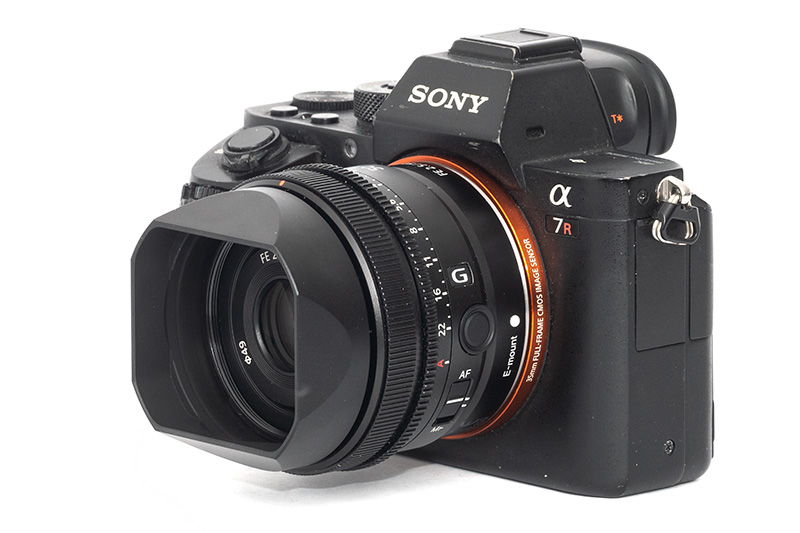
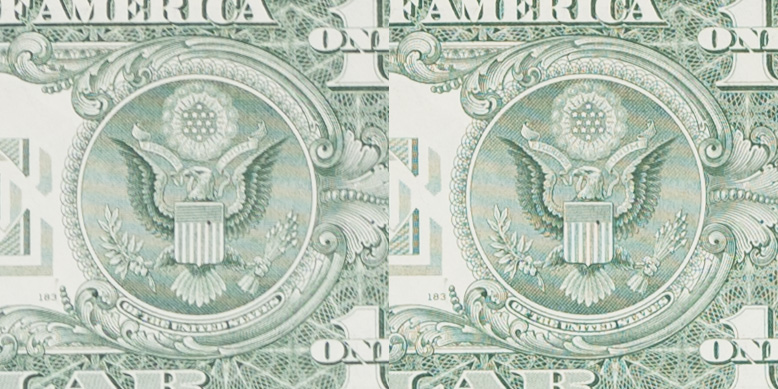
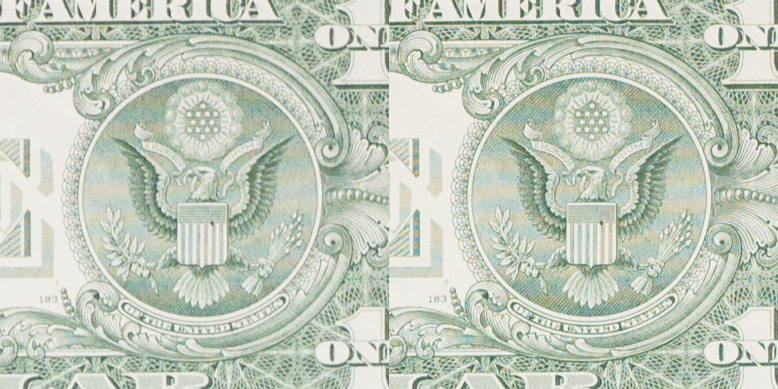
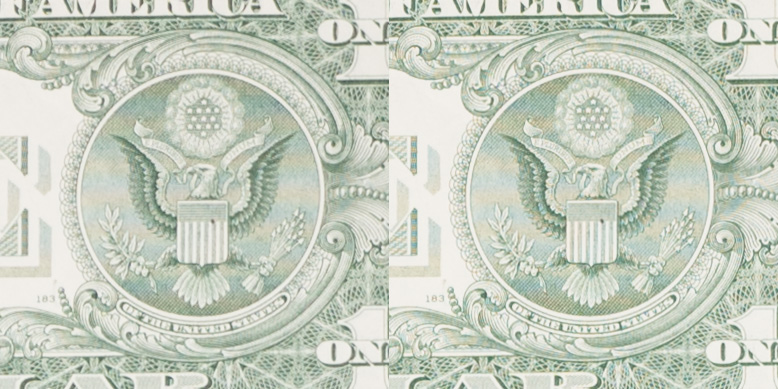



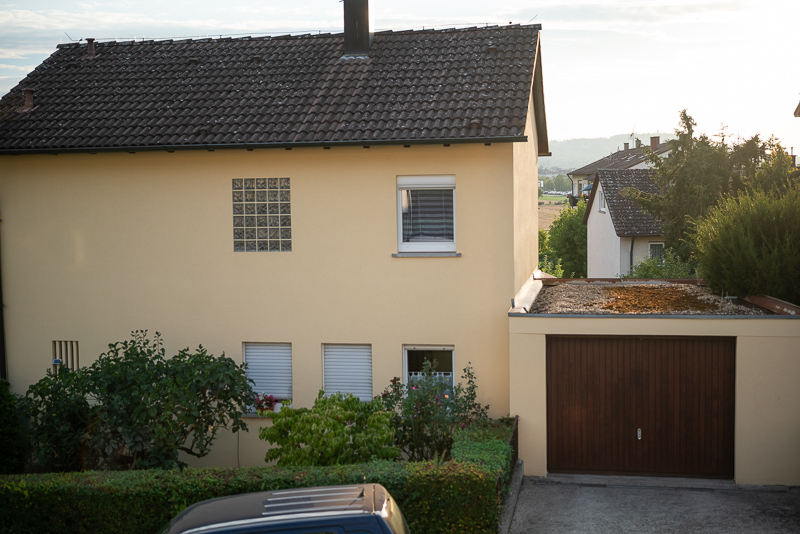
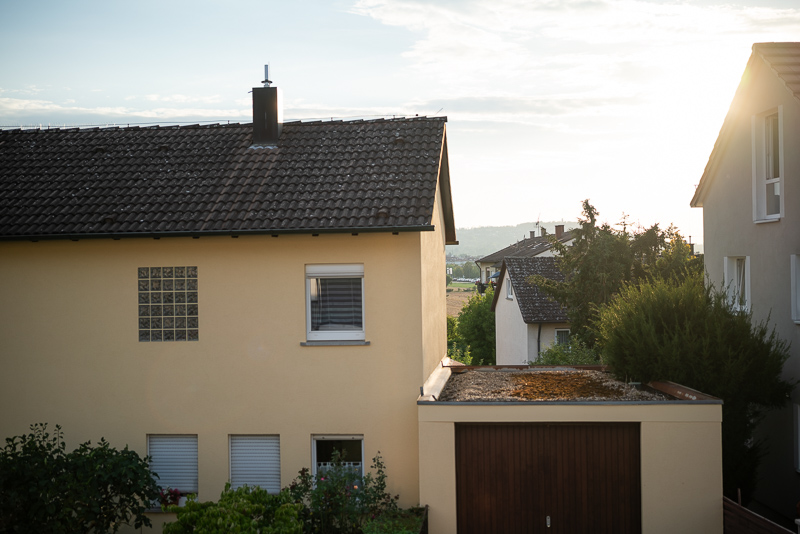
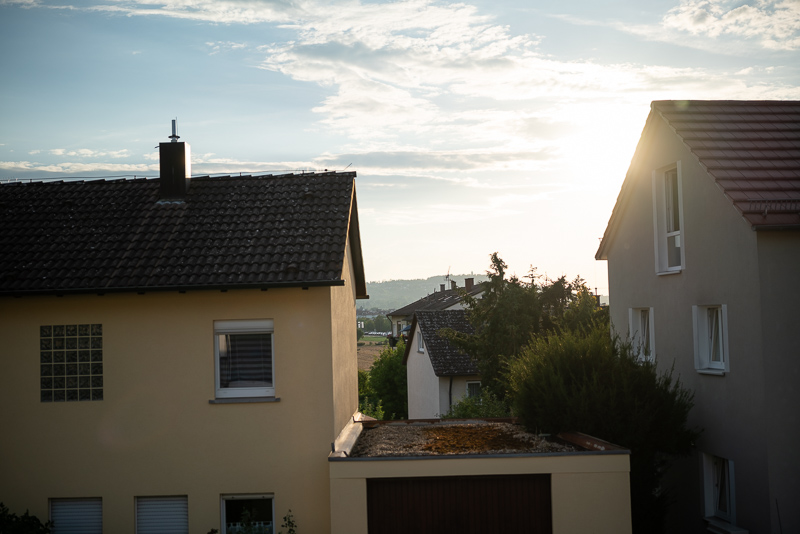
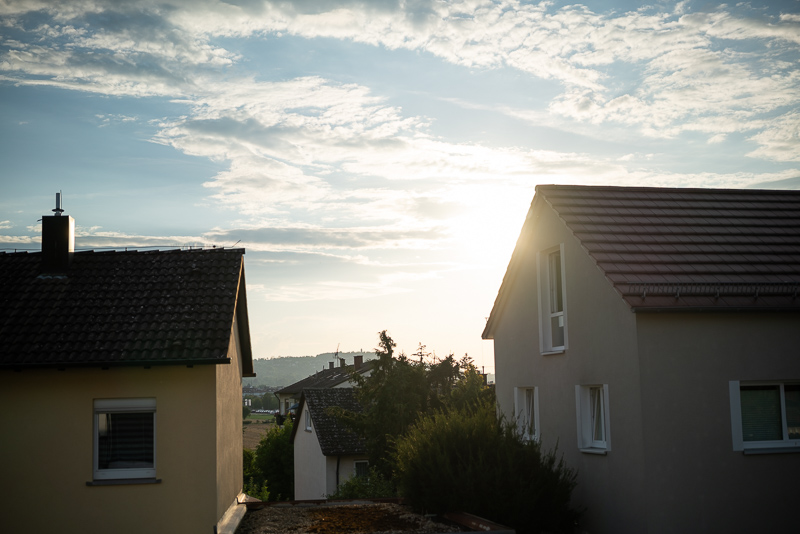
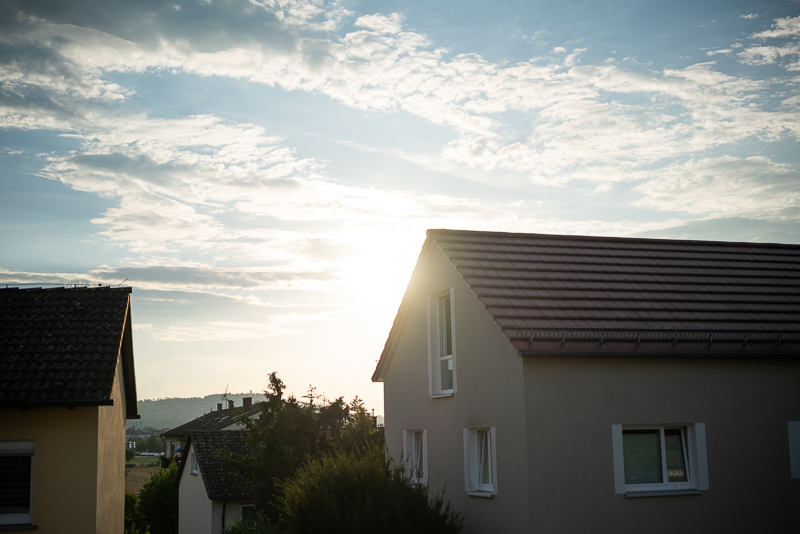
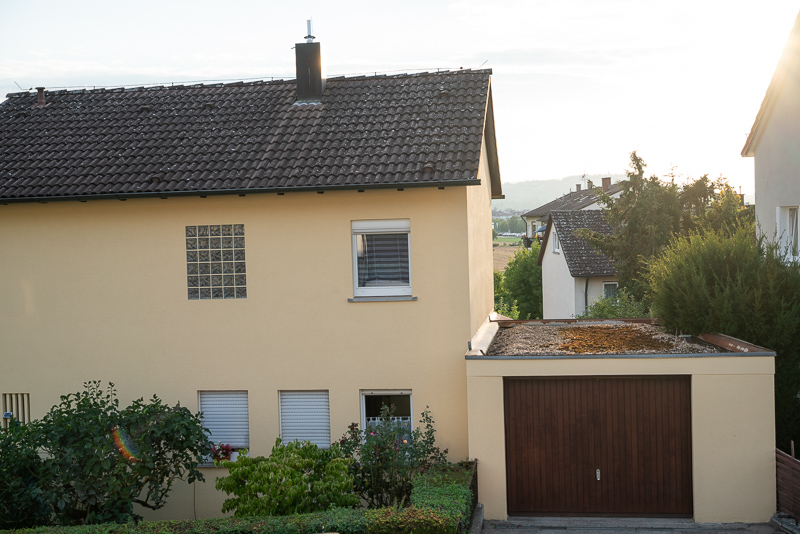
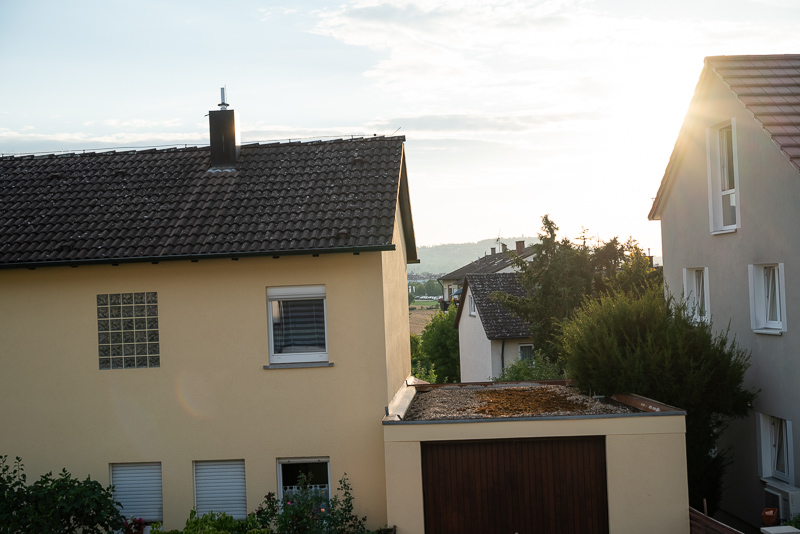
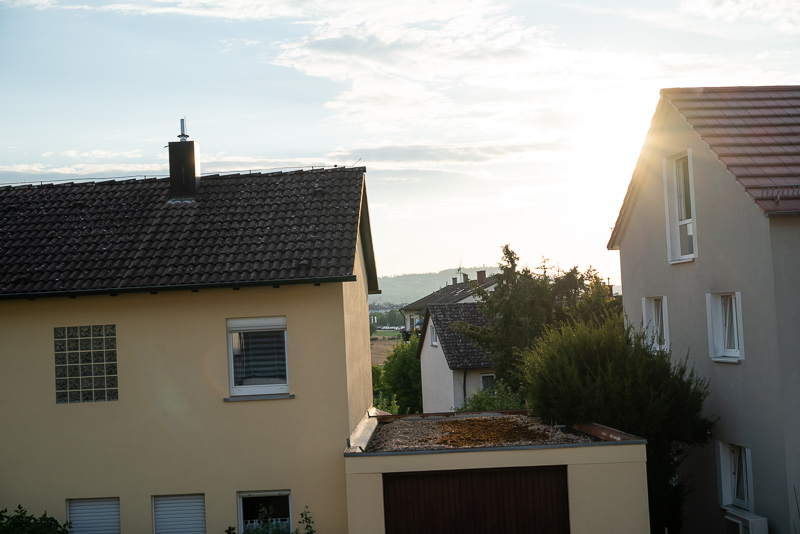
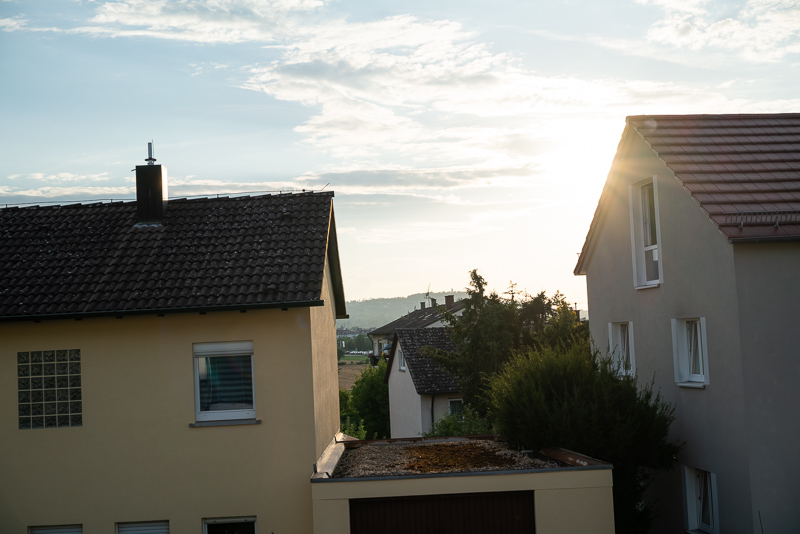
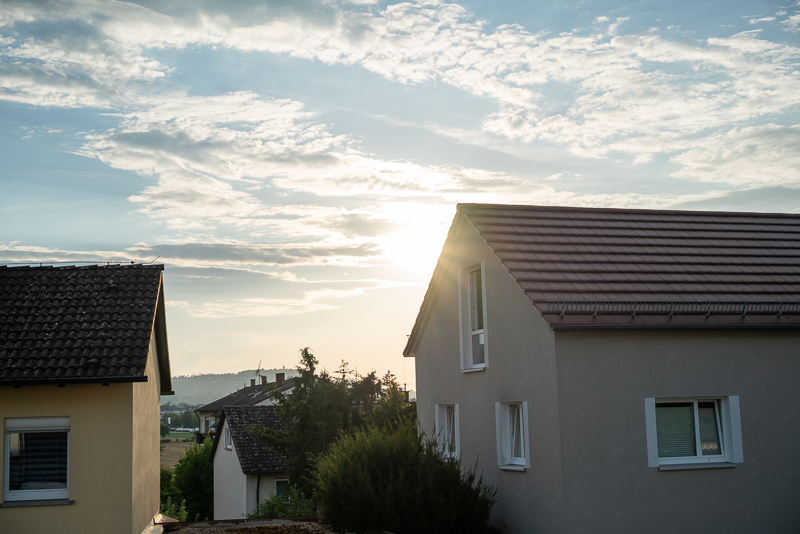
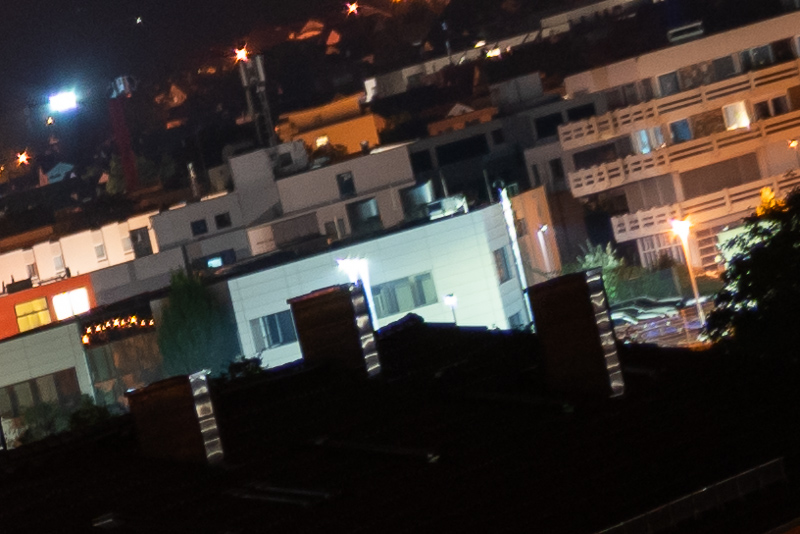
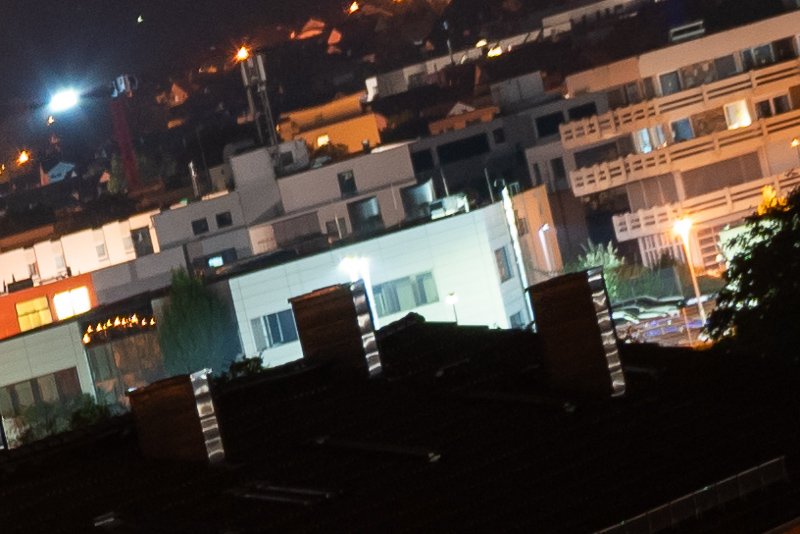
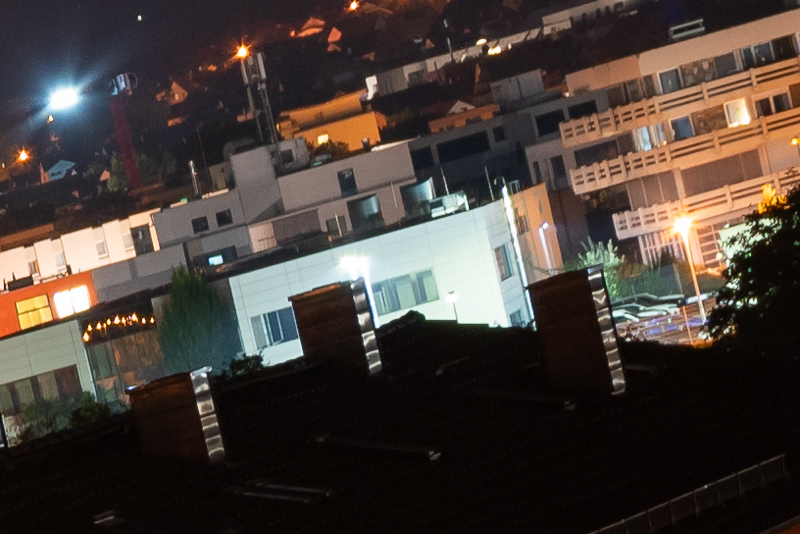
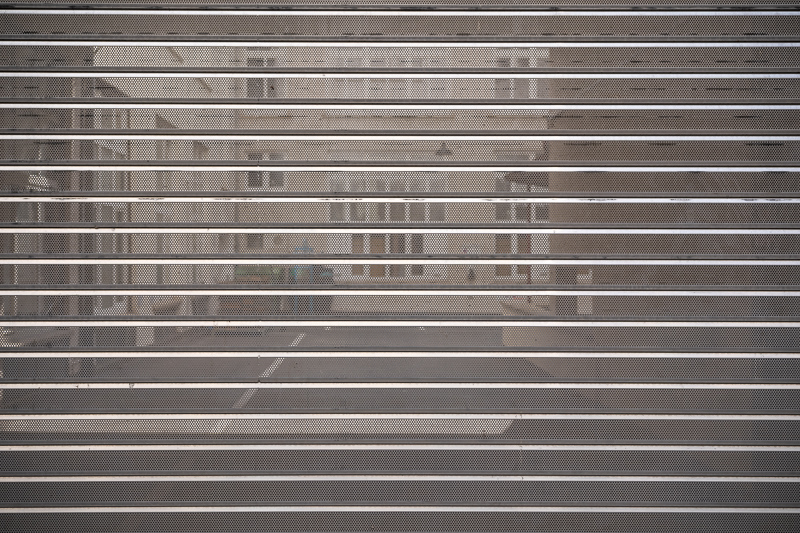

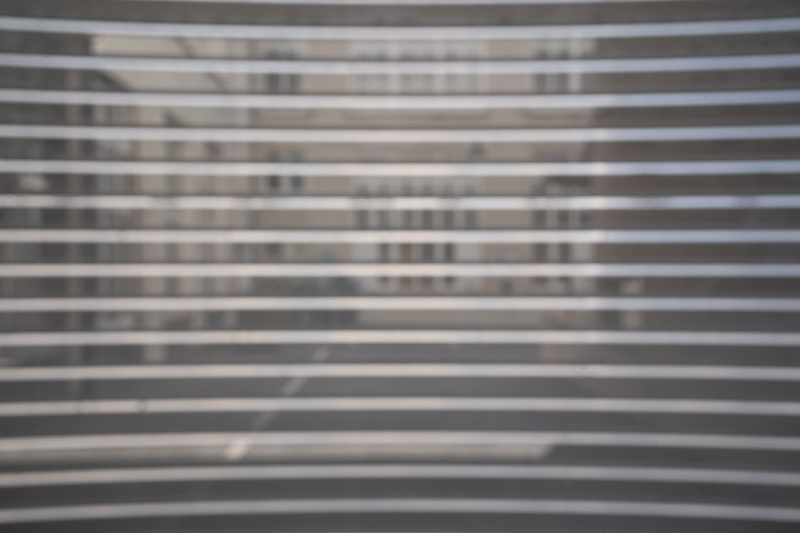
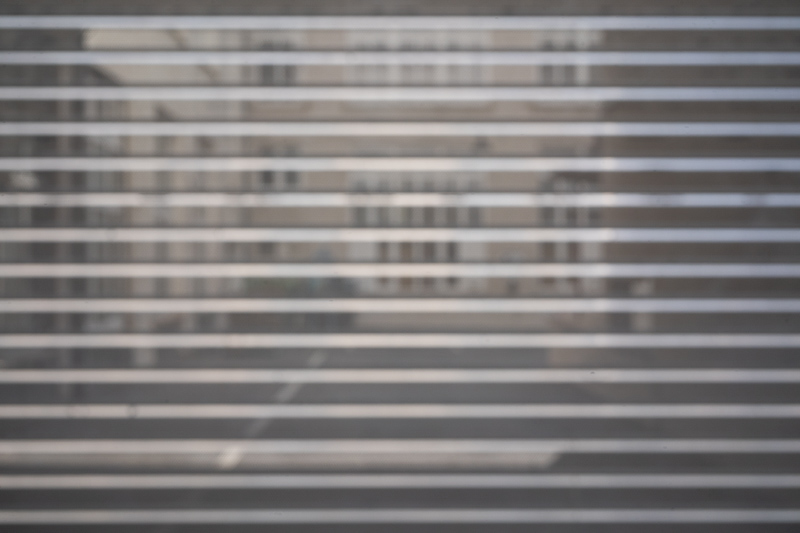
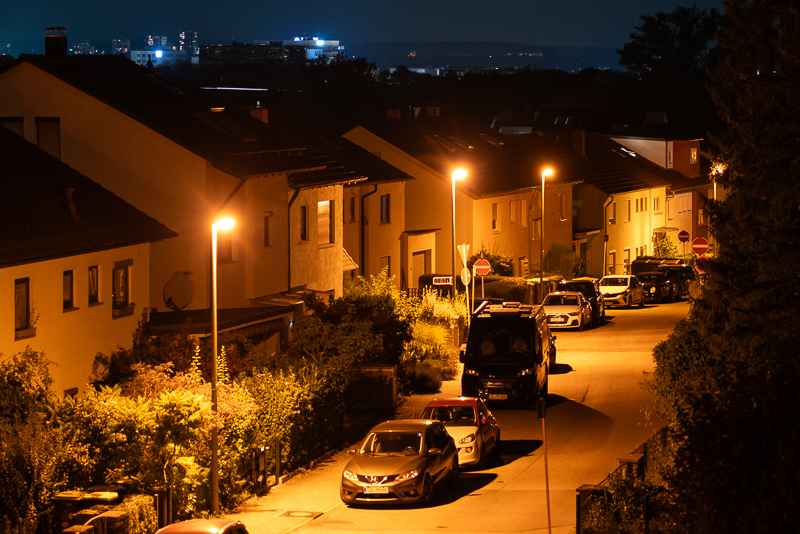
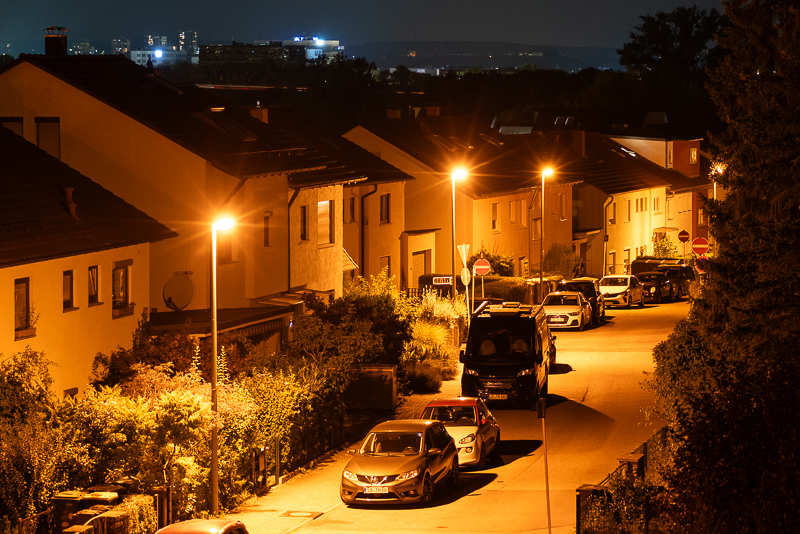
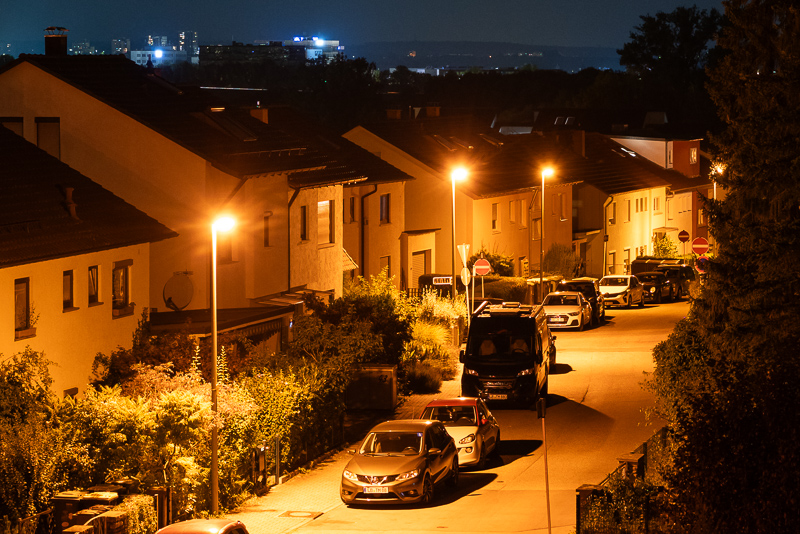
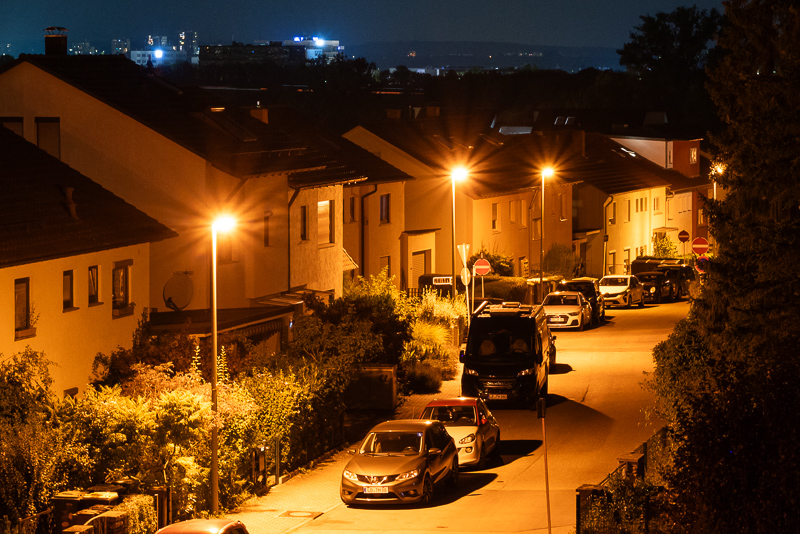
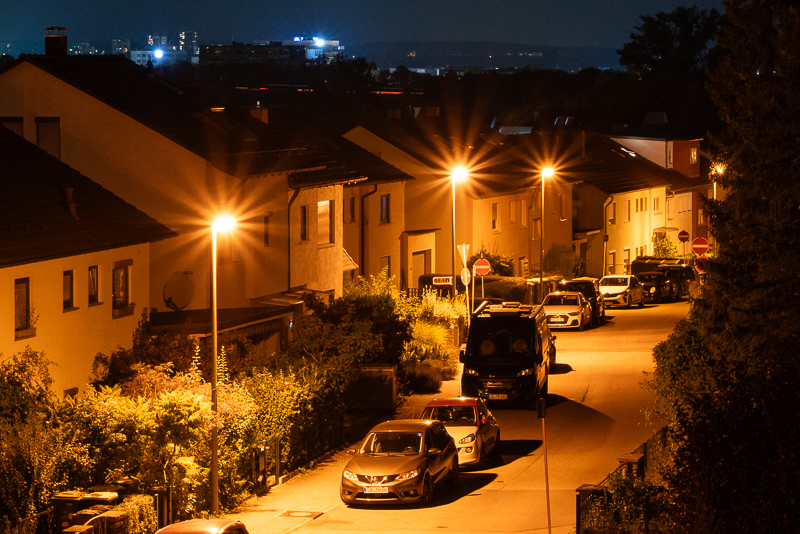
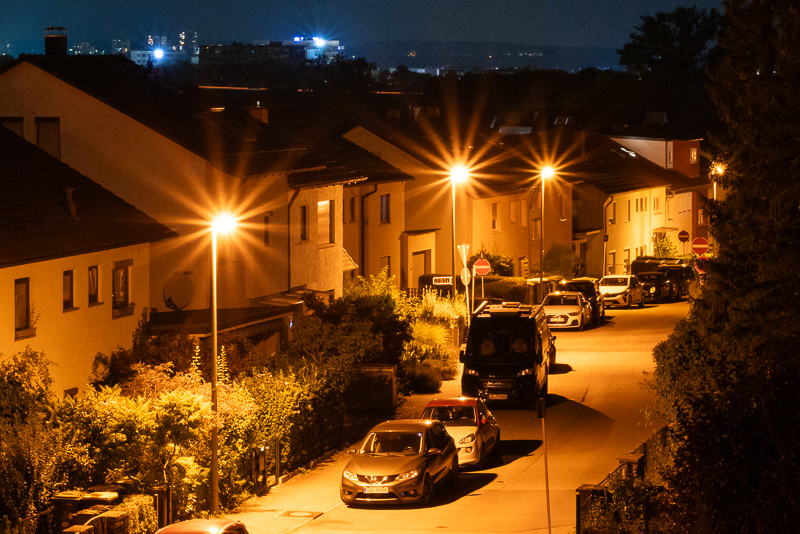
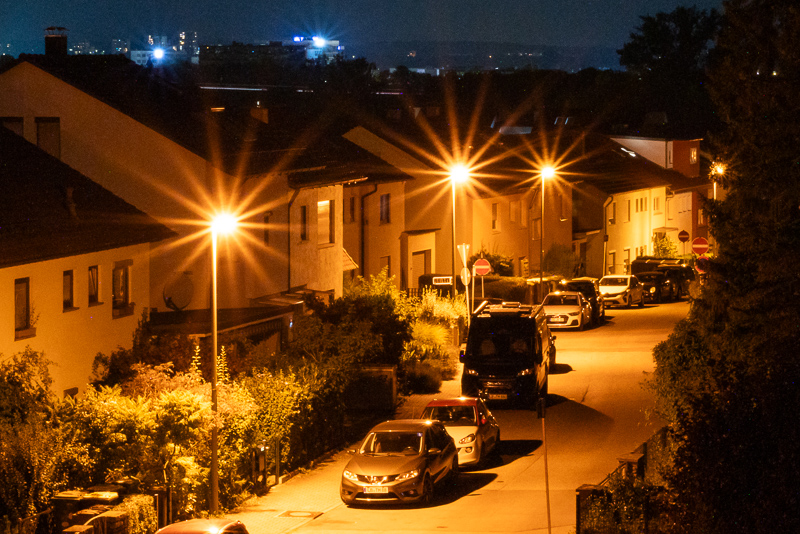
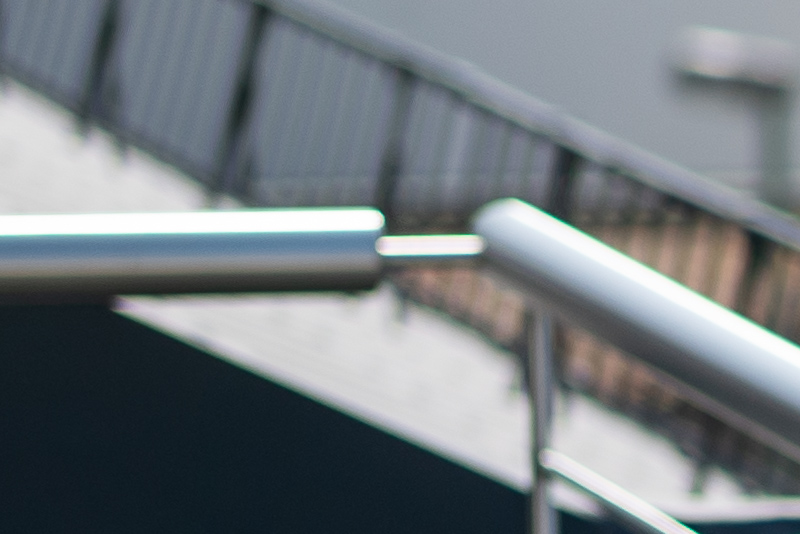
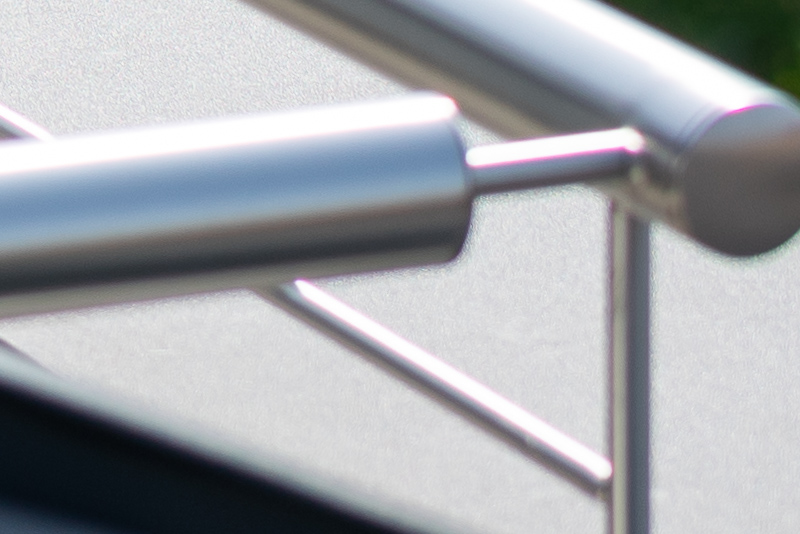
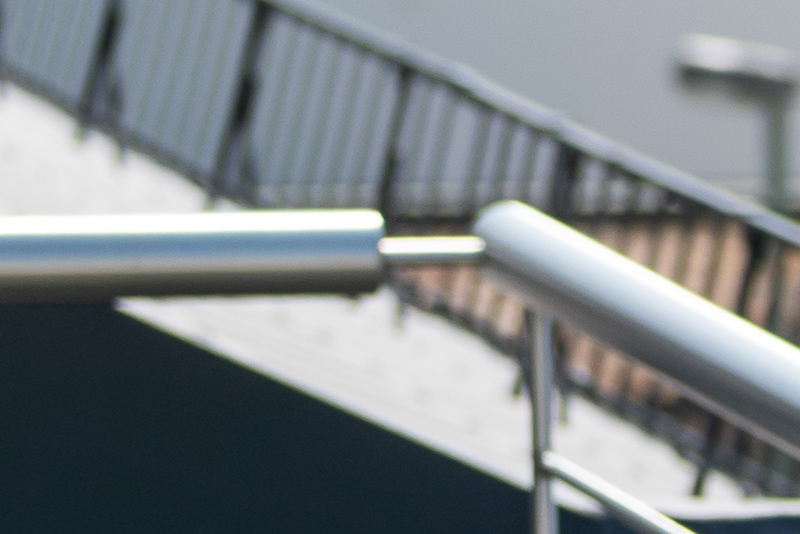
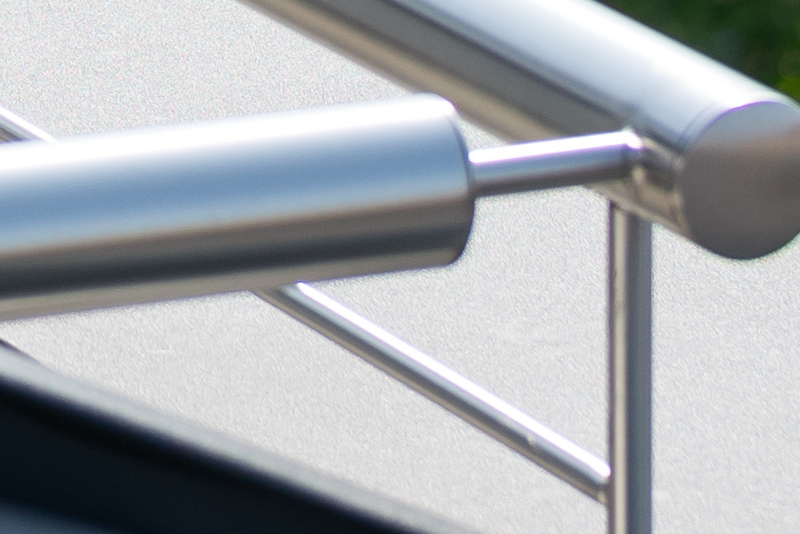
I guess one advantage of those Sony hoods is the outside threads that are the same diameter as the lens’, but man they look like vacuum attachments.
I was planning to replace the 1.8/50 with the cute 2.5/50, but somehow the images from this lens left me cold. It’s a shame that it seems impossible to produce a 1.8/50 in this compact size.
Maybe the main flaw of such modern lenses is their lack of flaws.
As Bastian showed nicely in his review: Zero red entries in the „not good“ column. This is a modern lense design without weaknesses. Everything is good or very good.
But already in school, the „bad guys“ were more interesting than the perfect „eager beavers“.
My very personal impression: The older I become, the more old or more special are my lenses.
Regarding your comment on the compact 1.8/50 – I have one for my Canon, but rarely use it. It’s roughly the same as the tested Sony: All good, but not „special“. I find it much easier to produce special photos with „specific“ lenses.
I agree on this point. I actually use the 1.2 from Voigtländer and Sony. The 1.8 is just for when I want to be carefree when I’m out and about.
Sony has really stepped up their contrast and colors game with these lenses. If they made an 18, 20, or 28 of the same size with the same characteristics I would def buy
Too bad they made a 24mm, as it seems to be the only focal length you are not interested in 🙂
For real, 24mm just seems like an awkward perspective to me for some reason. I think 20mm, 21mm, or 18mm would’ve been better options also because folks with 24-70s will feel more inclined to buy them since they don’t already have access to those focal lengths
I bought the 55mm f1.8 Sony Zeiss in 2014, used it a lot and do like it a lot, except for MF.
So last year I bought the 50mm f2.5 G…, even smaller and lighter, but I was a bit disappointed with the rendering.
So I bought the 50mm f1.4 GM.
It’s a fantastic lens, but over 200g more heavy and a lot more expensive…
Was it all worth the investment…? Probably not.
I’m not a big fan of small dof and seldom use lenses wide open.
MF experience of the 55mm 1.8 is one of the most awful you can find.
I do use the 50mm Loxia Zeiss to have a nice MF experience.
I went down the same route – I mostly shoot at 50mm if I’m not shooting macro, so a 50mm lives on my camera. I realised with the GM I had to motivate myself to bring my camera out with me. With the 50G, I’ll happily bring it just in case. The GM is a lot heavier if you’re wandering around and attracts a lot of attention (the 55mm was also more obtrusive for street).
I also prefer the aperture ring and MF damping on the G – it’s closer to a traditional MF lens.
Saw in some reddit post that use the squarehood on blackened Sony, and now here I am read this fav blog to read the reviews. Thanks Bastian!
PS: The square hood looks nice in that A7CR/A7CII/A6xxx body.